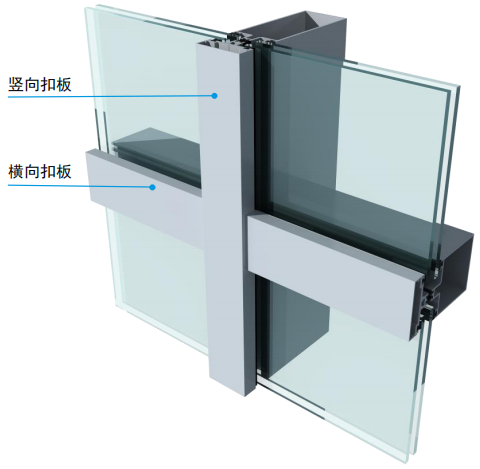

The Advantages of Large Insulated Glass Panels in Modern Architecture
In recent years, the use of large insulated glass panels has become increasingly popular in modern architecture. These expansive glass structures not only enhance the aesthetic appeal of buildings but also contribute significantly to energy efficiency and sustainability. As architects and designers continue to embrace the trend towards larger windows and glass facades, it’s essential to understand the benefits these innovations bring to contemporary design.
Aesthetic Appeal and Natural Light
One of the most compelling reasons for using large insulated glass panels is the dramatic aesthetic effect they create. Large glass surfaces allow for unobstructed views of the surrounding environment, integrating indoor and outdoor spaces. This seamless connection enhances the overall ambience of a building, making spaces feel more open and inviting. Natural light becomes an essential design element, reducing the need for artificial lighting and transforming the atmosphere within the interiors. By maximizing daylight, large glass panels can elevate the mood and productivity of the occupants, making spaces feel lively and inspiring.
Energy Efficiency
Another significant advantage of large insulated glass panels is their impressive energy efficiency. Traditional windows can often be a source of heat loss or gain, leading to increased energy consumption for heating and cooling. However, advances in glazing technologies have resulted in insulated glass panels that provide excellent thermal performance. These panels typically feature multiple layers of glass, separated by argon gas or other insulating agents, which effectively reduce heat transfer. As a result, buildings equipped with such panels require less energy for climate control, leading to lower utility bills and a reduced carbon footprint.
Sustainability and Environmental Impact

The focus on sustainability in modern architecture is another driving force behind the rise of large insulated glass panels. By enabling greater energy efficiency, these panels contribute to environmentally friendly design practices. Furthermore, many manufacturers now offer glass that is produced using eco-friendly processes, and some panels are designed to incorporate solar control technologies that minimize heat gain while maximizing natural light. This aligns with international efforts to reduce greenhouse gas emissions and promote sustainable living.
Safety and Durability
Large insulated glass panels are engineered for safety and durability. Made from tempered or laminated glass, they are designed to withstand various environmental stresses, including extreme weather conditions. Modern glazing techniques also ensure that these panels offer increased protection against UV rays, which can fade interior furnishings and finishes. Additionally, the insulating properties of the panels contribute to sound attenuation, creating quieter indoor environments—an essential feature in urban settings or busy areas.
Versatile Applications
The versatility of large insulated glass panels extends across various types of buildings, from residential homes to commercial properties and even institutional facilities. They can be employed in curtain walls, skylights, and large sliding doors, among other applications. This adaptability allows architects to explore innovative design solutions, tailoring spaces to meet the specific needs of their clients while maintaining a consistent aesthetic and functional appeal.
Conclusion
In summary, the integration of large insulated glass panels into architectural designs offers numerous benefits that extend beyond mere aesthetics. They provide natural light, enhance energy efficiency, support sustainability efforts, and ensure safety and durability. As the trend continues to grow, it is clear that these glass innovations will play a pivotal role in shaping the future of modern architecture, making our built environments more beautiful, functional, and environmentally friendly. As both architects and homeowners begin to appreciate the advantages of using large insulated glass panels, we can anticipate a more luminous and sustainable future in building design.